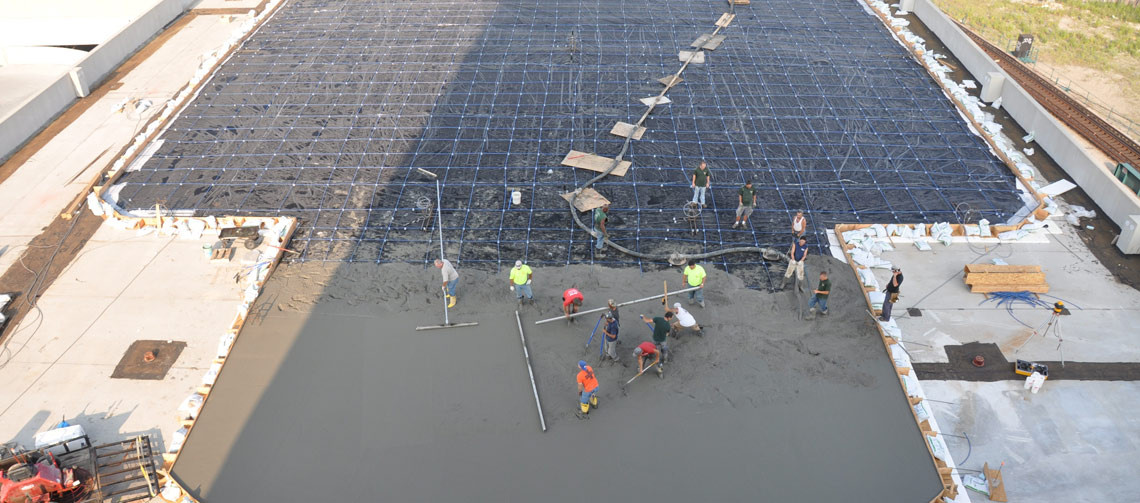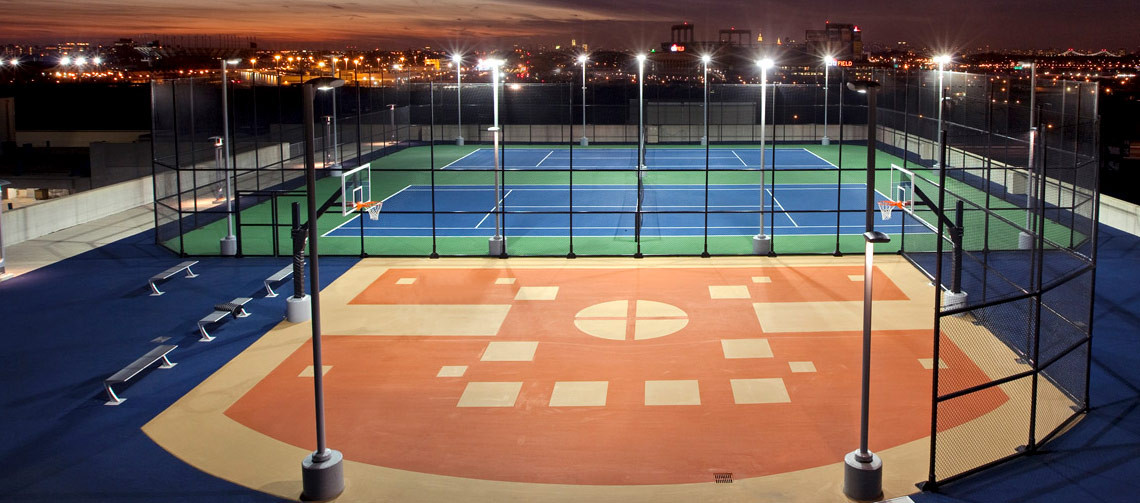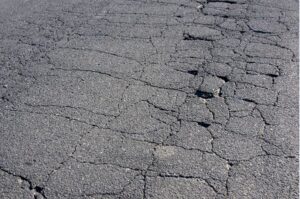 A professionally installed tennis or basketball court is a sizable investment for individuals, businesses or organizations to make. Therefore, it’s essential that you do things right to ensure you make a purchase that will last for years to come.
A professionally installed tennis or basketball court is a sizable investment for individuals, businesses or organizations to make. Therefore, it’s essential that you do things right to ensure you make a purchase that will last for years to come.
All too often, however, things get done not up to standard and buyer’s remorse occurs. Buyer’s remorse is the sense of regret after having made an expensive purchase. In the mind of the buyer, it had better be “perfect,” and any little flaw will cause frustration and/or regret.
Obviously, putting a lot of money into re-doing tennis or basketball courts– or starting from scratch– is a big deal. It’s not a quick decision, and once the decision is made to get it done, the search for “the right company” to do the job takes place. There are several companies that could work on your courts, but not all companies are equal.
If you see a relatively new tennis court or basketball court that has cracks in it, chances are it’s not using post-tension concrete technology. Classic Turf Company brought post-tension concrete technology to the Northeast and has constructed numerous tennis and basketball courts throughout New England and beyond. Because of their high quality post-tension concrete sport surface, the company can provide a 20-year “crack-free” guarantee. As you’d imagine, this is definitely a selling point, since people do not want their games disrupted by unsafe and unsightly cracks in the courts.
 What is post-tension concrete and why is it effective? Unlike asphalt, which doesn’t hold up as well to abuse and the effects of climate, post-tension concrete court slabs have flexibility. Compression is induced into the concrete by pre-stressing the steel tendons.
What is post-tension concrete and why is it effective? Unlike asphalt, which doesn’t hold up as well to abuse and the effects of climate, post-tension concrete court slabs have flexibility. Compression is induced into the concrete by pre-stressing the steel tendons.
Post-tensioning is a form of pre-stressing, such that concrete gets poured and tension gets applied and stressed before loads are applied. What does this mean to the person using the court? Well, this technology reduces or eliminates shrinkage cracking. If any cracks do try and form, they’re held tightly together. In the past thirty years or so, post-tensioning has been perfected to the point where it’s used in several applications, including, of course, tennis and basketball courts, as well as bridges, water tanks and dams.
So how does post-tensioning actually work? Imagine tendons made of high-strength steel wires wound together. These tendons are placed inside a plastic duct and stretched. They get pre-stressed so that they essentially expand to a possible length for which they may need to extend to later on, depending on underground forces like natural shifting. Remember when you were a kid and got a baseball mitt? You had to “wear it in” properly before it functioned at its best. Or perhaps you got a new pair of shoes and they needed to be worn a bit before they fit properly. That idea is similar to how post-tensioning works to make court slabs that function at their best in a flexible way.
 In the Northeast, four seasons bring all sorts of weather conditions, from blazing hot sun in the summer to freezing cold ice and snow in the winter. Take a look at an asphalt surface and you’ll notice problems right away, since they’re guaranteed to crack. Many asphalt surfaces have holes in them– it’s not ideal. Post-tension concrete, on the other hand, is a surface that doesn’t budge from its position. You can hit it with blizzards, hurricanes and 100-degree days, and thanks to the technology of its smart construction, it’s not going to easily crack like asphalt does.
In the Northeast, four seasons bring all sorts of weather conditions, from blazing hot sun in the summer to freezing cold ice and snow in the winter. Take a look at an asphalt surface and you’ll notice problems right away, since they’re guaranteed to crack. Many asphalt surfaces have holes in them– it’s not ideal. Post-tension concrete, on the other hand, is a surface that doesn’t budge from its position. You can hit it with blizzards, hurricanes and 100-degree days, and thanks to the technology of its smart construction, it’s not going to easily crack like asphalt does.
Have you ever noticed asphalt courts where water pooled in particular spots? It makes it really hard to safely play a game of tennis or basketball when there’s a giant pool of water on the court, right? Post-tension concrete is better than asphalt for drainage purposes. With a more controlled slope, and no cracks for water to seep into and freeze causing bigger cracks and holes, post-tension concrete is ideal for court surfaces.
Finally, consider how many high schools, for instance, are replacing typical lawns with artificial turf that doesn’t need regular mowing and painting. These high schools are also opting for tennis and basketball courts made with post-tension concrete technology rather than asphalt. In the long run, the surfaces literally last longer and hold up much better over time. Therefore, it’s quite cost effective.
Classic Turf Company’s post-tension court surfaces come with a 20-year “crack-free” guarantee. With a stable and attractive edge, a controlled slope for proper drainage, the ability to span unstable soils, and an increased resistance to settling and/or heaving, post-tension concrete is the way to go when reconstructing existing courts or building brand new ones in the Northeast. Please call Classic Turf Company at 1-800-246-7951 to discuss your sport court needs today.
